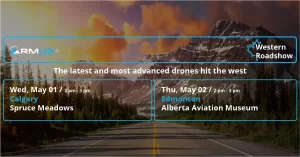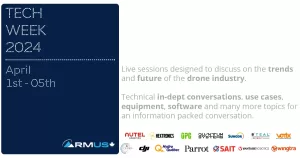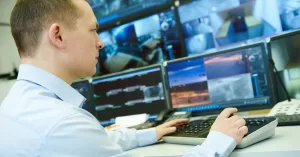At the heart of drone work lies the mission of transforming raw data into useful information. In this guest post by Ted Strazimiri from SkyDeploy, the focus is on collecting comprehensive data regarding traffic interactions across a large area.
Drones provide an unparalleled viewpoint for gathering extensive traffic flow data with minimal equipment. Importantly, their perspective guarantees privacy by design, as personally identifiable details like license plates remain unseen – a feature, not a flaw. However, this feature does complicate the process of turning data into valuable information.
Here is what years of experience working on these projects have taught me.
Drones may appear to hover motionless in real-time. However, when data collected over six or more hours is replayed at high speed, subtle movements become surprisingly significant. Given our objective to track each vehicle’s position relative to the road, these tiny shifts can distort the data. As such, we needed to stabilize it. Common stabilization techniques, like those applied to GoPro footage, proved ineffective. We had to turn to feature descriptors and match these across frames, thereby securing the frames to real coordinates similar to how control points act in mapping.
Next, numerous obstructions can come between the drone and the vehicles, like buildings, trees, poles. Machine learning models like YOLO cannot reliably differentiate when a vehicle is merely obscured momentarily. We had to remedy this by predicting a few frames ahead for each track and extrapolating the expected position through these obstructions.
Ultimately, we needed to convert this data into real-world units such as speed and location. Like much of the tech sector, the final result needed to be a 2D map or PDF report with tables. We had to integrate all these detections and tracks into georeferenced trajectories, which were then re-projected from the oblique perspective view of the drone onto a world coordinate system, such as WGS84.
When all was said and done, the effort proved to be well worth it. The end user saved considerably on hardware and time that traditional methods would have demanded. Furthermore, they were able to extract previously inaccessible information that made their findings irrefutable, all while ensuring complete privacy for the public.
Important to note, this works well for many but not all situations; it’s just another tool in the toolbelt.



